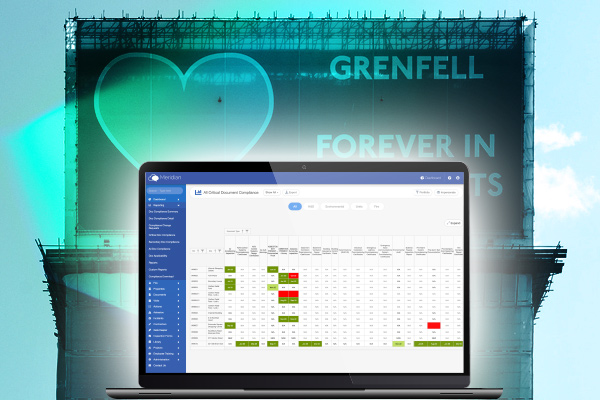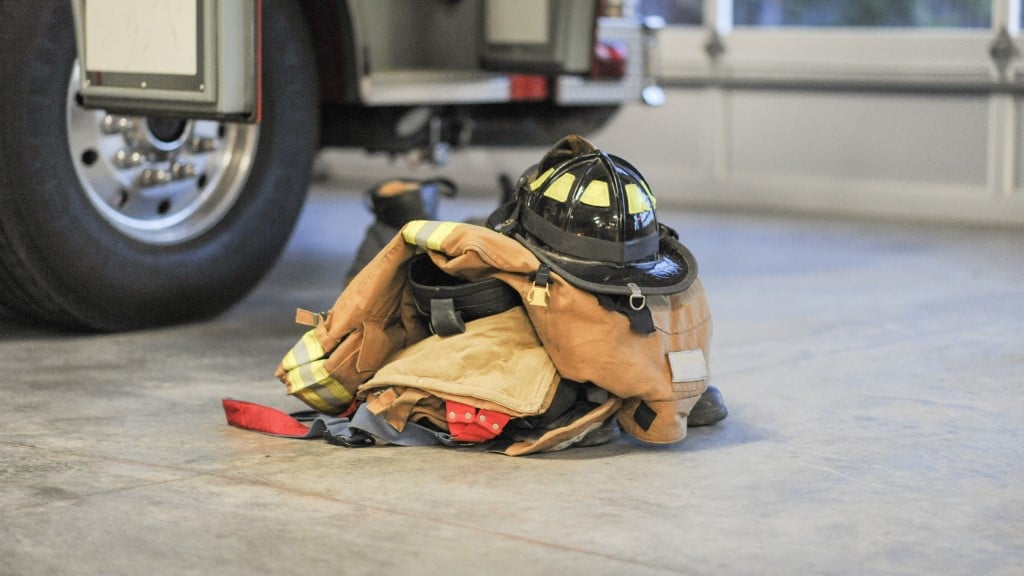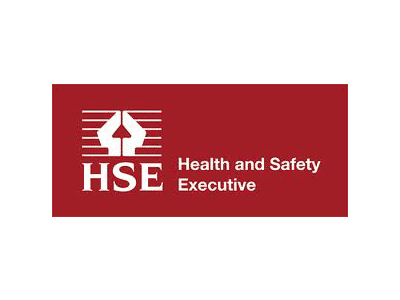- Parts of the building commonly used by residents of two or more domestic premises.
- Flat entrance doors.
- The walls and floors that separate any domestic premises from other domestic premises.
- Plant rooms and other non-domestic areas of the building, such as tenant halls and offices.
- External walls of the building, including doors or windows within an external wall.
The Regulations do not apply within individual flats, other than in respect of measures installed within flats for the safety of other residents of the building.
Getting to grips with The Fire Safety (England) Regulations is essential in understanding the current requirements. To avoid prosecution and protect your business and employees, you need to check your fire safety responsibilities.
An Increase in Remote Working Could Pose Risk to Employee Health and Safety
Another observation we’ve picked up on this year is an increase in remote working. Working from home has become even more popular in 2023, and it could pose risks to staff safety. Ever since the COVID 19 pandemic, more employers are allowing their staff to work from home, whilst more employees are demanding flexible working.
According to a recent report by CIPD:
- 40% of employers have seen an increase in working from home requests since the pandemic.
- 62% of organisations offer working from home on a regular basis.
- 83% of organisations have hybrid working in place.
- 49% of employees spend 3-5 days in the workplace while 21% only spend 2 days.
- 83% of employees agree that flexible working is important to them.
Although working from home has certainly become more popular, you need to ask the question: are you ensuring the health and safety of your remote workers?
“As we continue to audit in the hybrid world of work, with the office week often being Tuesday to Thursday—what occupational health, (RSI, postural, or mental health) issues are NOT being managed due to home working. How can employers counter that long term potential liability?”
– Adam Scotchmer, Health and Safety Consultant, William Martin
With so many people working from home, it’s vital that we consider the mental and physical safety risks associated with lone working. Almost 50% of UK employees believe that working from home has had a negative impact on mental health.
Regardless of where your business’ employees are based, as the employer, you have a duty to mitigate staff health risks such as poor mental health or musculoskeletal disorders, both of which are common in remote workers. According to the latest HSE statistics, published in late November 2023, 875,000 workers are suffering from work-related stress, depression, or anxiety. The report also states that 473,000 workers are suffering from work-related musculoskeletal disease.
Improved Quality of Work in relation to Fire Stopping
Lastly, we’d like to wrap up 2023 by acknowledging a positive trend in relation to fire stopping. Although at the start of the year, our consultants noticed many examples of ineffective fire stops—as time has gone on, they have observed less cases of inadequate firestopping.
“Passive fire safety contractors, fire stopping and fire door maintenance, have drastically improved the quality of their work” – Keith Tuckerman, Health and Safety Consultant, William Martin
Earlier this year, our team of health, safety and fire consultants reviewed 3,500 residential fire risk assessments. In this research, they found that fire stopping accounts for around 20% of recommendations in residential fire risk assessments.
After capturing all the recommendations on our risk management software, Meridian, the team was able to estimate that, of the fire stopping recommendations:
- 70% was related to fire stopping that was either missing or poorly maintained.
- 30% was caused by poor workmanship or contractors using unsuitable fire stopping products.
However, as 2023 comes to an end, our health and safety consultants have started to notice a significant improvement in the quality of fire stops.
“Whilst undertaking fire risk assessments, I have come across considerably less issues of inadequate fire stopping in service risers (such as around the insides of door frames), and less inappropriate use of pink expanding foam as fire stopping.
One would hope that this is a consequence of the continual process of fire risk assessment that will progressively pick up on these issues and require rectification. But it may also be due to increasing realisation in the property management sector that fire stopping is important and expanding pink foam is not usually an acceptable solution!”
– Mike Hill, Health and Safety Consultant, William Martin
Ineffective fire stops have still caused health and safety problems in 2023, but it is good to see that this has become less frequent in recent months. Seeing a tangible improvement in firestopping practices is good news, particularly because it is such a crucial aspect of every effective fire safety strategy. It is also clear that good fire stopping practices depend heavily on conducting regular fire risk assessments.
Consistency is key when it comes to ensuring quality and compliance, so we hope that firestopping practices continue to improve in the New Year with the support of fire safety consultancies like William Martin. 2023 has been another year of growth and evolution for William Martin, and we will continue to learn and develop as we look to what the future holds for 2024.






